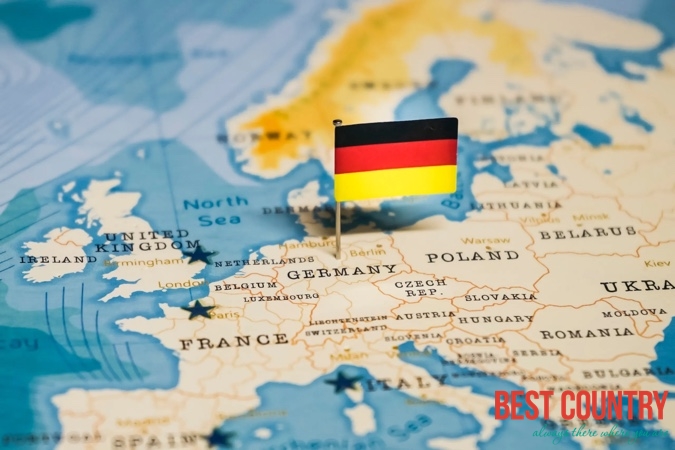Geography of Germany

Germany is a country located in Central Europe. Here are some key aspects of Germany's geography:
-
Borders: Germany shares borders with several countries. It is bordered by Denmark to the north, Poland and the Czech Republic to the east, Austria and Switzerland to the south, France, Luxembourg, Belgium, and the Netherlands to the west.
-
Landscapes: Germany has diverse landscapes that include the North German Plain, which is a flat lowland region in the north, and the Central Uplands (Mittelgebirge) in the center, which consists of forested hills, valleys, and plateaus. The southern part of Germany is dominated by the Alps, a mountain range that extends into neighboring Austria and Switzerland.
-
Rivers: Germany is traversed by several major rivers. The Rhine is the longest river in the country and forms part of Germany's western border. Other important rivers include the Danube, Elbe, Weser, Oder, and Main.
-
Coastline: Germany has a coastline along the North Sea and the Baltic Sea. The North Sea coastline is characterized by sandy beaches, dunes, and mudflats, while the Baltic Sea coastline features sandy beaches, cliffs, and islands.
-
Climate: Germany has a temperate seasonal climate. The climate varies from region to region, but generally, the country experiences mild summers and cool to cold winters. Precipitation is evenly distributed throughout the year.
-
Major Cities: Germany is home to several major cities, including Berlin (the capital and largest city), Munich, Hamburg, Frankfurt, Cologne, Stuttgart, and Dresden.
-
Natural Features: Germany has numerous natural attractions, such as the Black Forest (Schwarzwald), the Bavarian Alps, the Moselle Valley, the Romantic Rhine, the Zugspitze (Germany's highest peak), and the Wadden Sea National Parks.
These are just a few highlights of Germany's geography. The country has a rich and diverse landscape that offers a range of natural and cultural attractions.